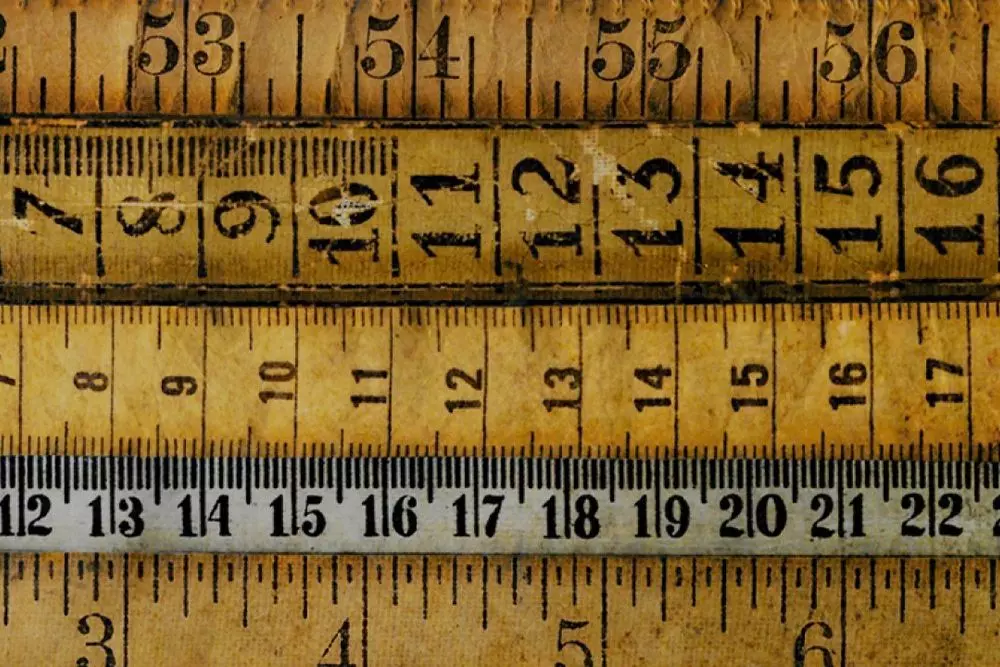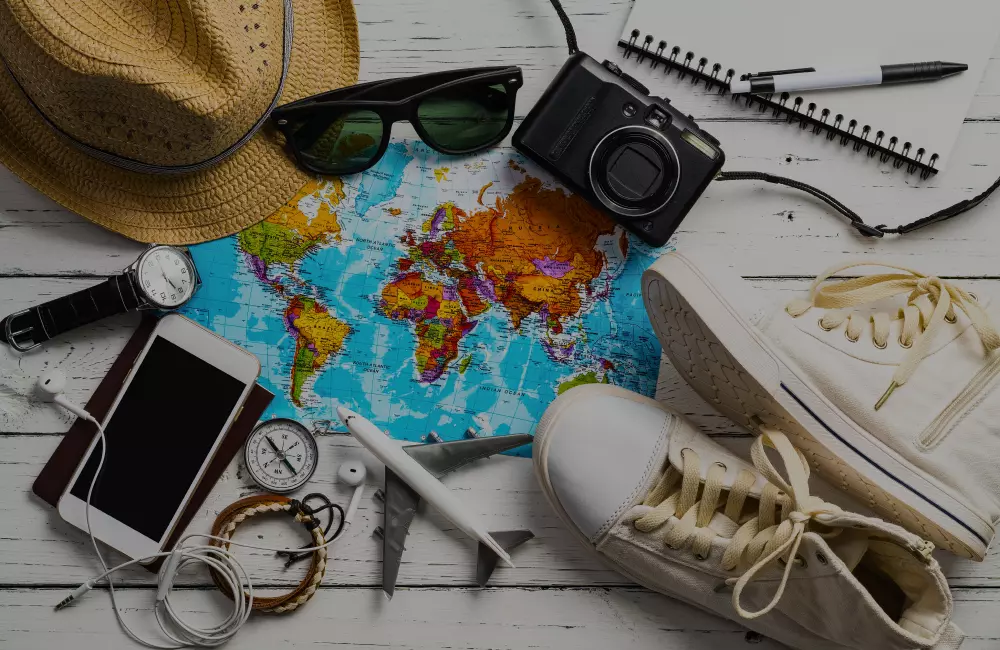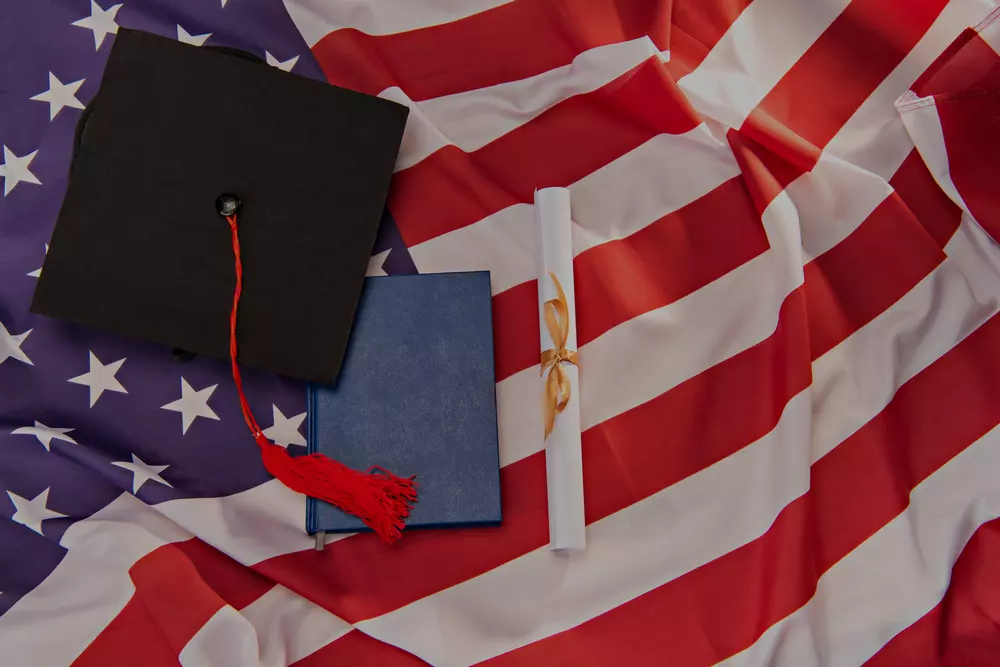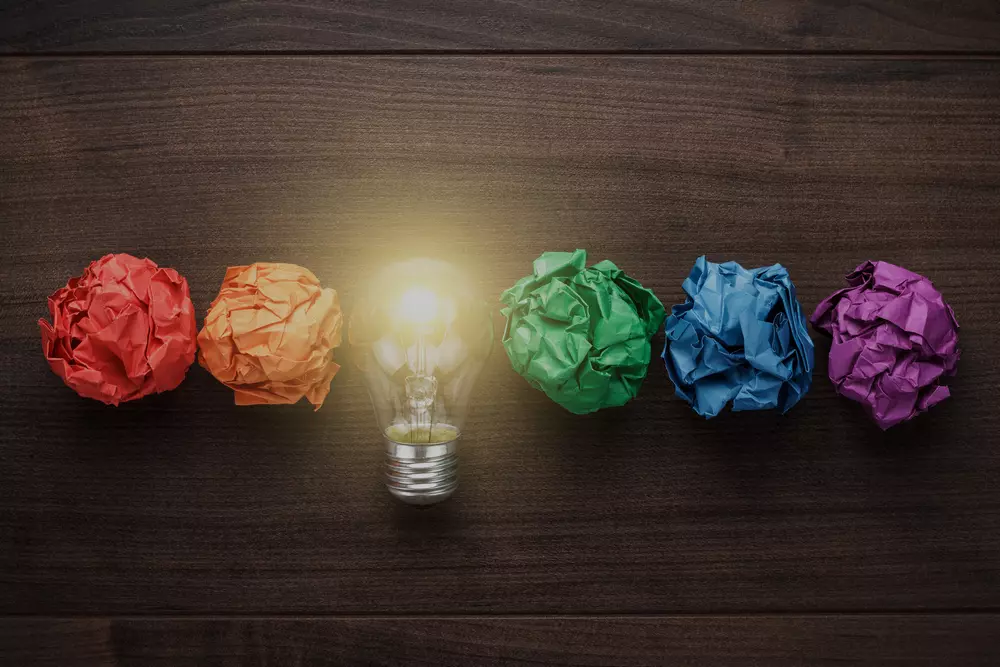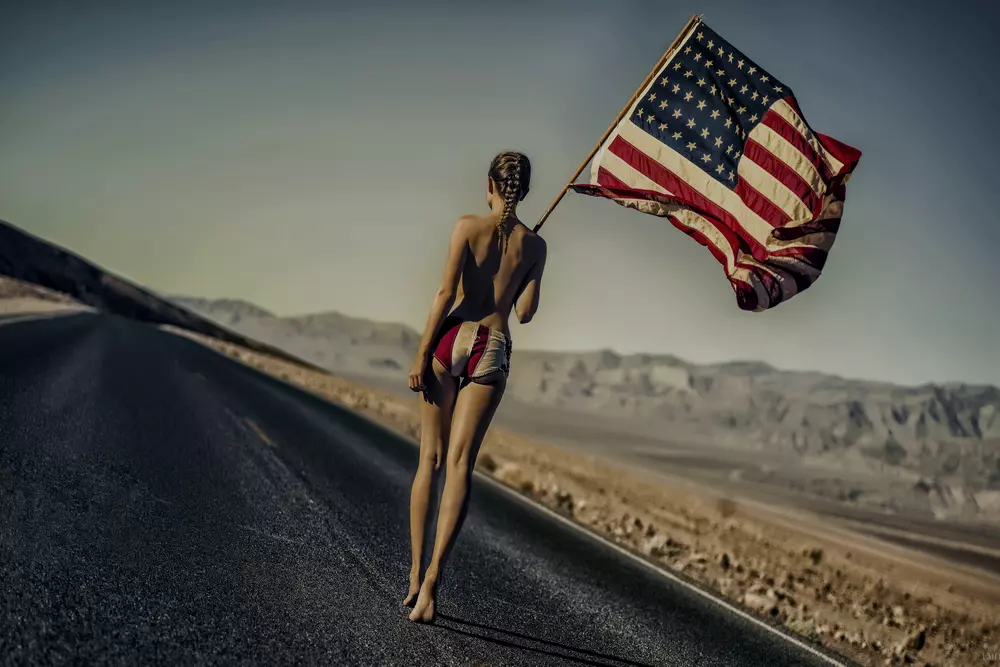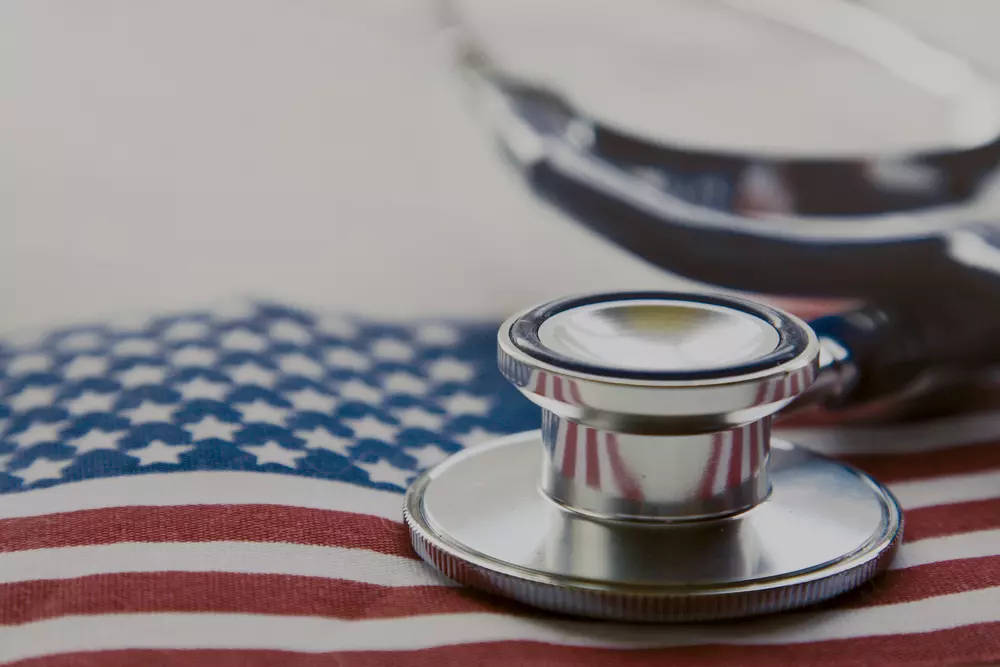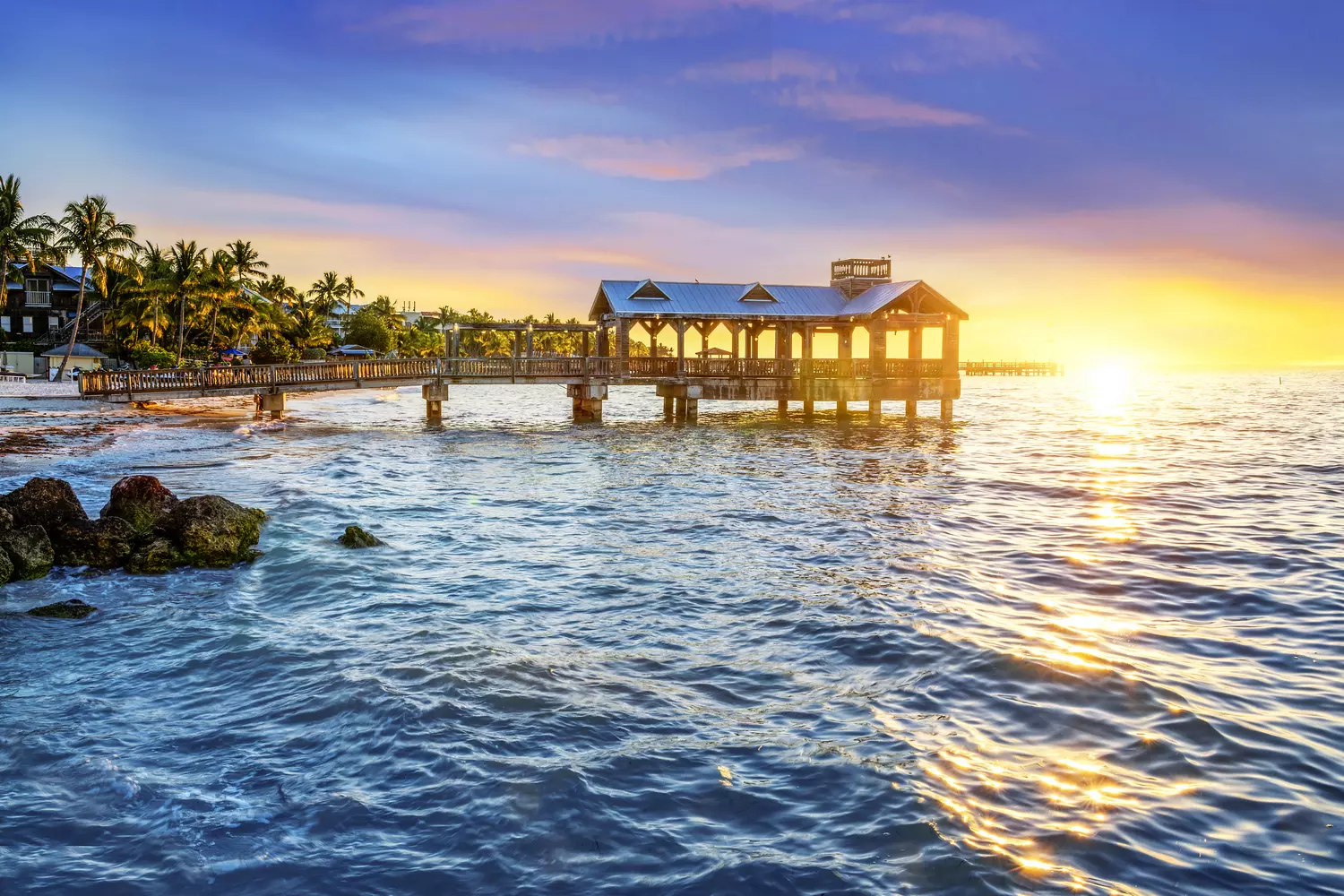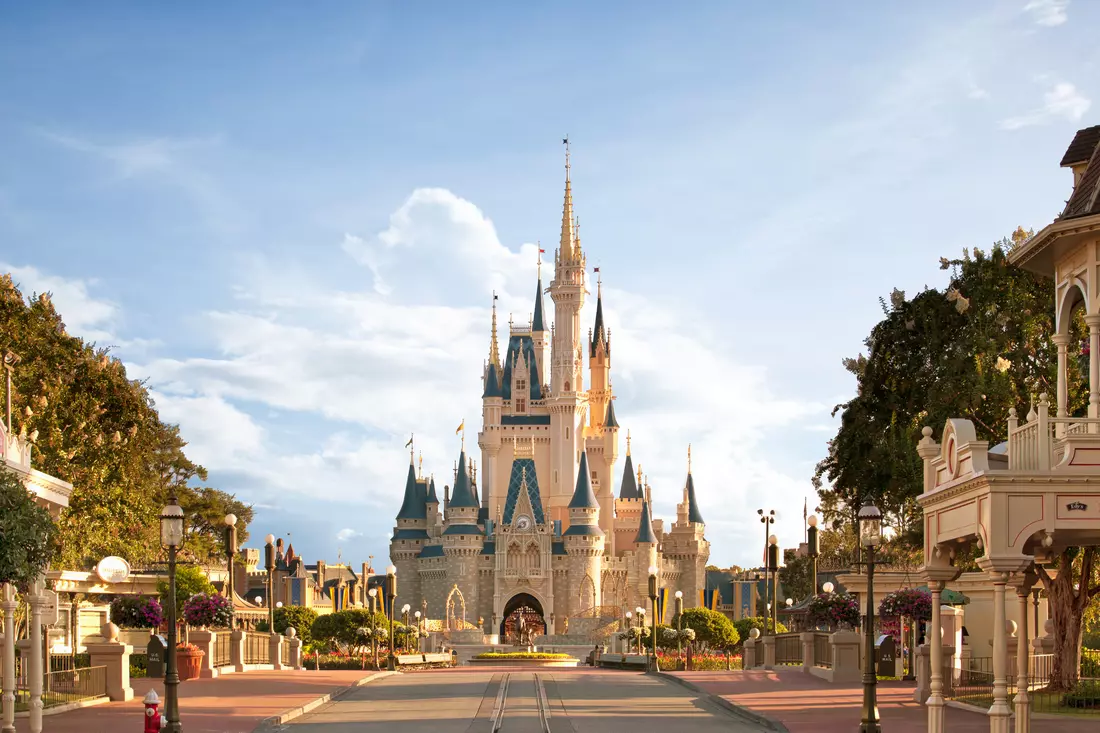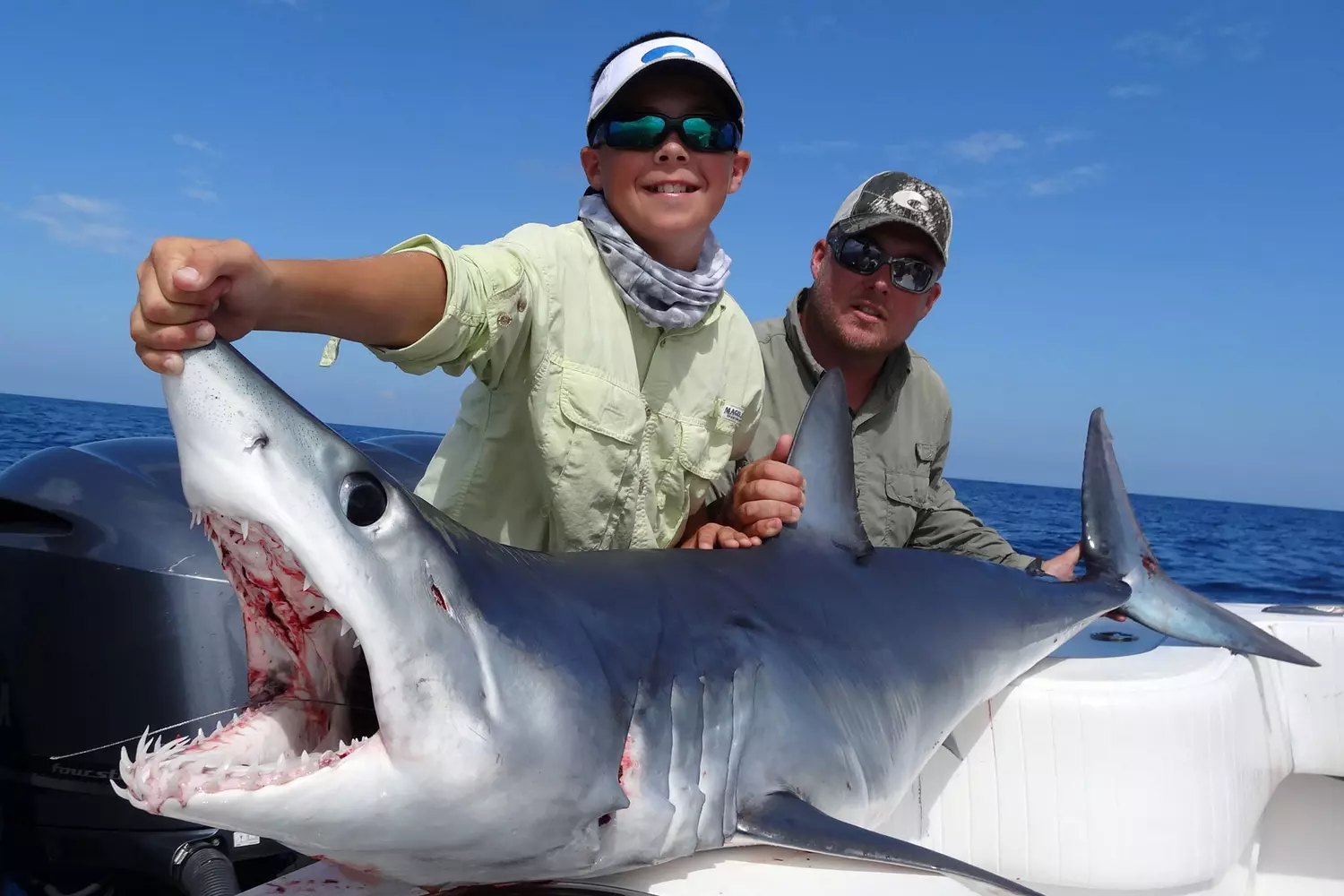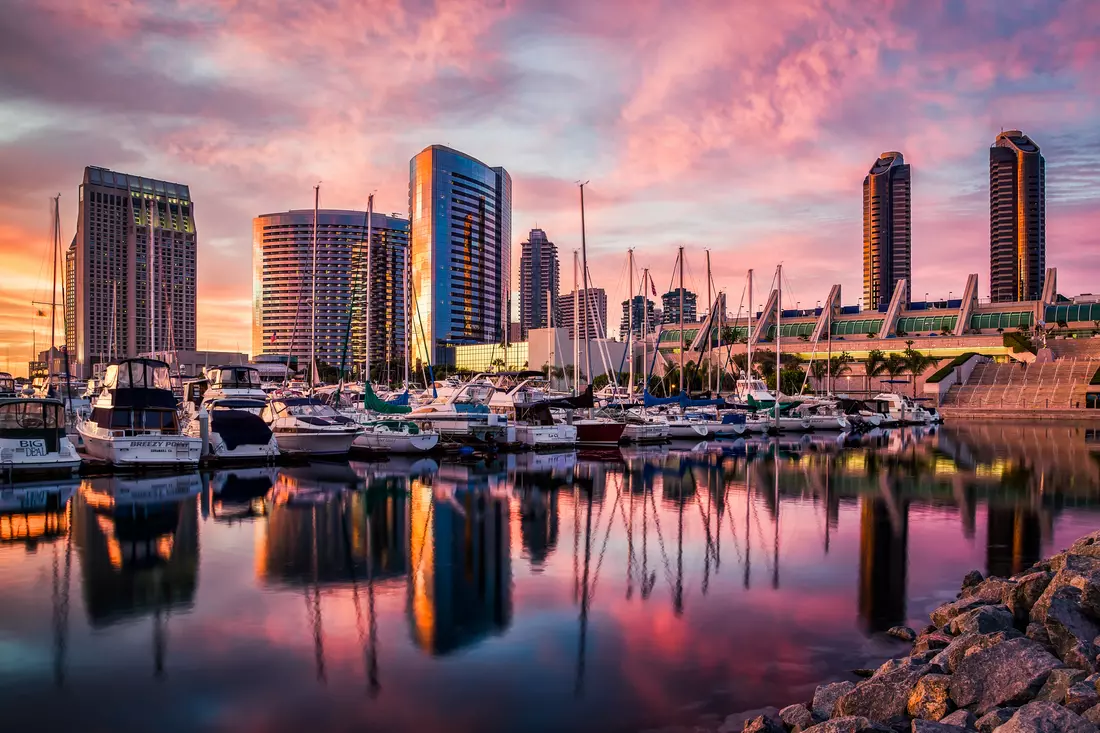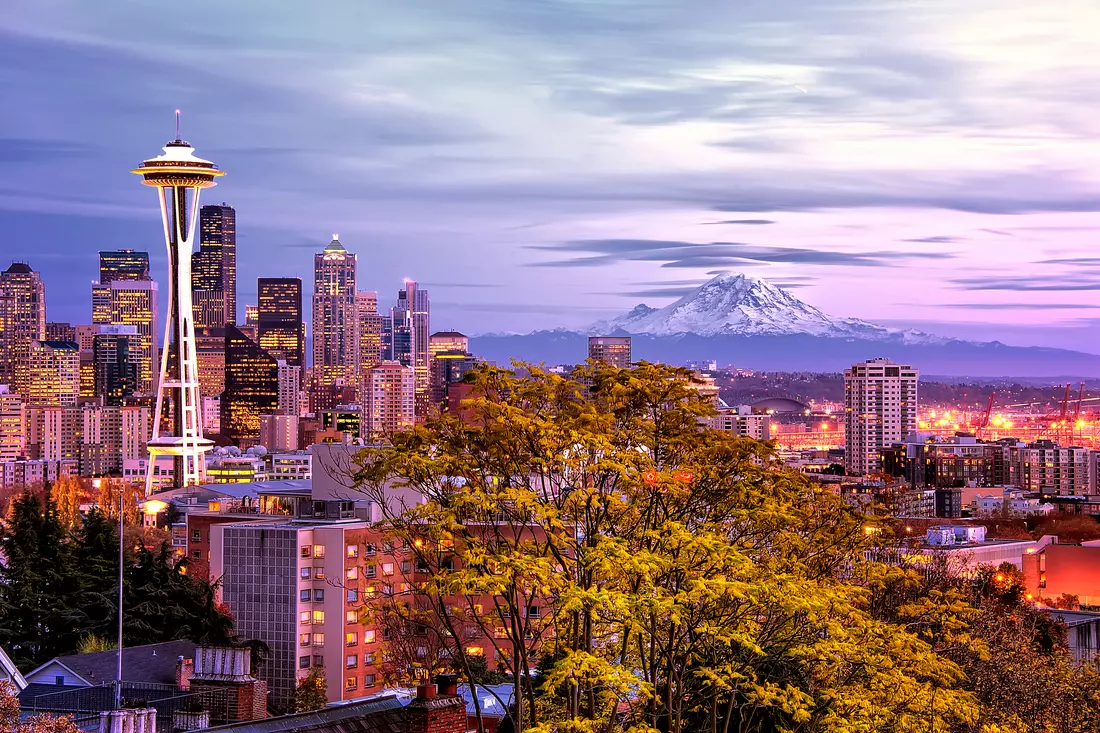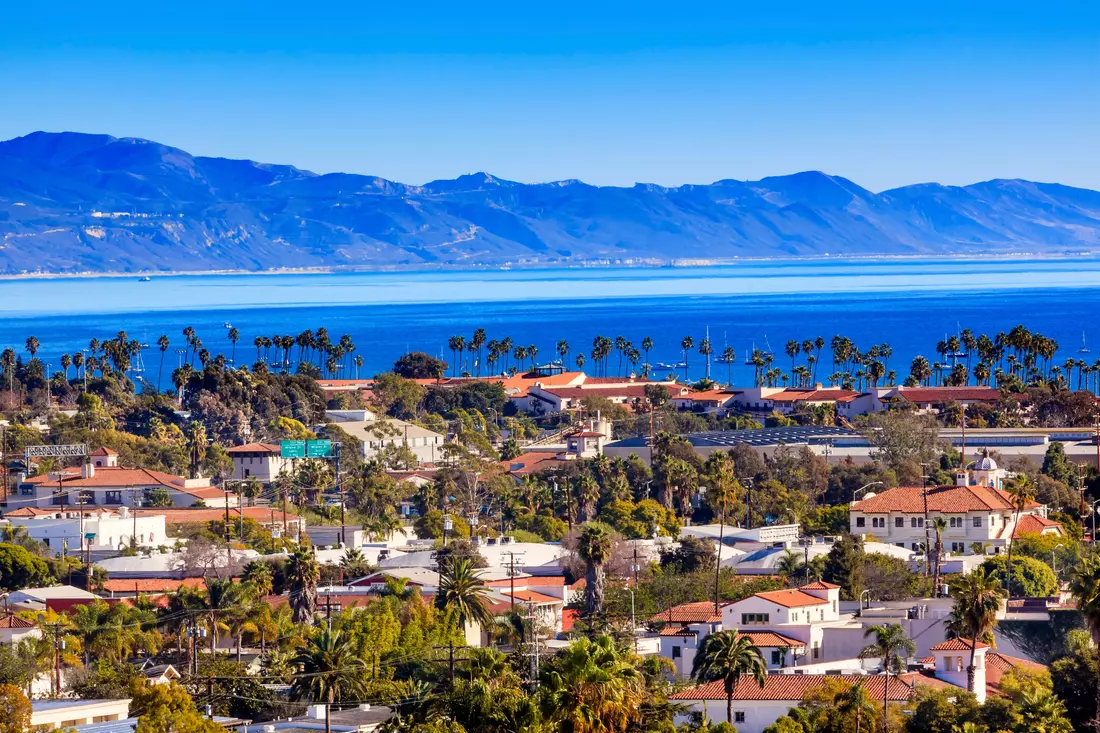In recent decades, incidents of mass shootings have become one of the most pressing and painful topics in both American and global discourse. We hear about them in the news, read about them on social media, and see photographs from the scenes of these tragedies. Yet behind every brief report about “the number of dead and injured” are human lives — dreams, families, and stories that ended in an instant.
Once, such events seemed rare, almost impossible. Today, however, they have become so frequent that news of another tragedy is often met with weary sorrow rather than shock. This is a terrifying indicator — a sign that we live in a reality where mass violence has become part of the everyday information backdrop.
In this article, we want to show you not only the numbers and charts, but also the human side of the statistics — the side that usually remains off-screen. We will examine how and why mass shootings happen in the United States, who is behind them, what trends researchers are identifying, and what can be done to change this grim trajectory.
This will be an honest conversation — without unnecessary fluff or overload of technical jargon. Here you will find facts, emotions, and personal stories. Read to the end — you’ll see that behind the dry percentages lies much more than meets the eye.
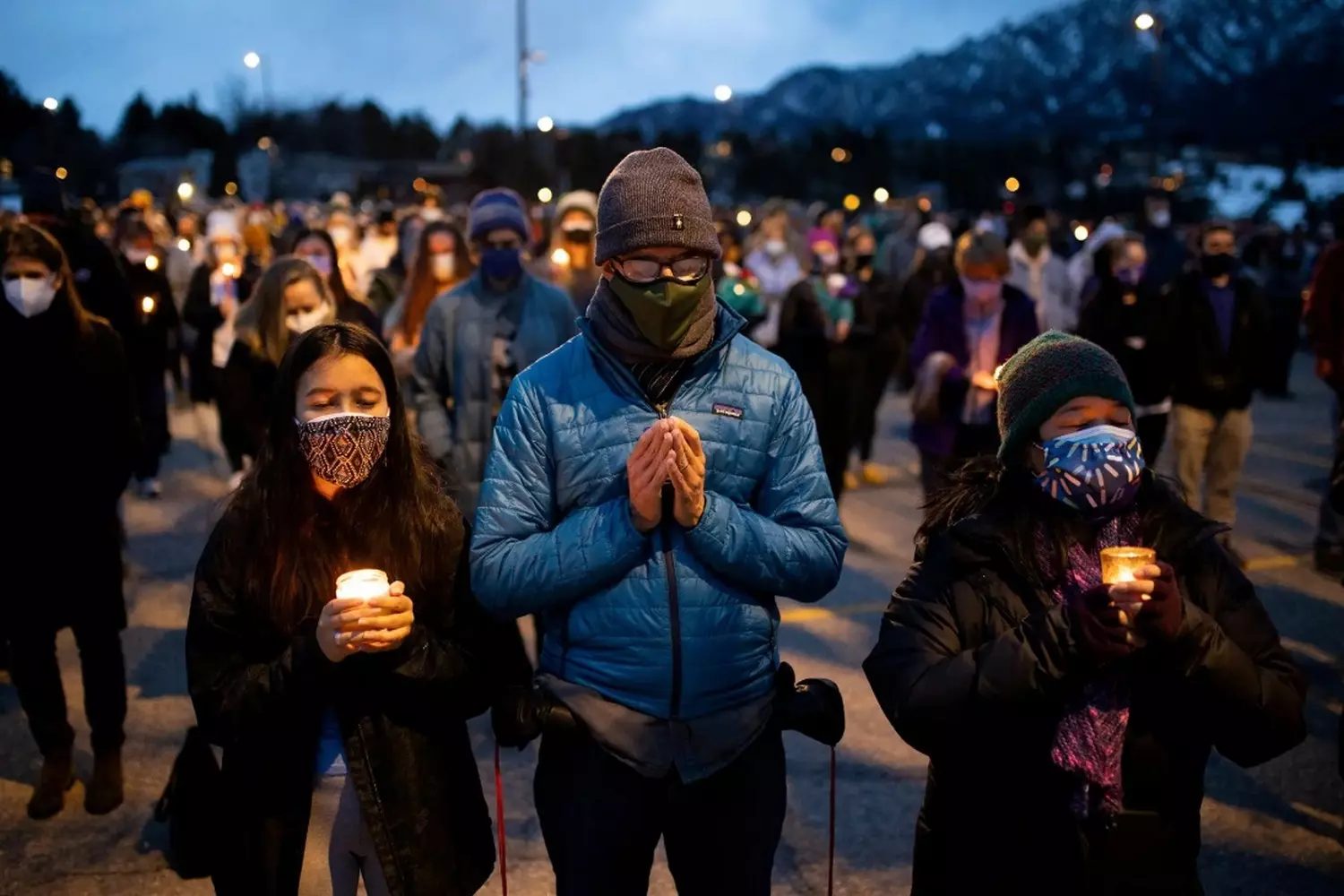
In the USA in 2022, for the first time, the number of firearm incidents in public places surpassed, on average, any other major type of incident in terms of casualties.
Why it matters: a cost that can’t be calculated
Mass shooting is not just a dry news headline or a statistical figure in an FBI report. It is a phenomenon that affects multiple layers of society: from personal tragedies to global changes in safety culture.
- 01. Human lives — the greatest loss
Behind every incident are people whose names are rarely spoken in the news.
- There is the teacher who was preparing a history lesson in the morning but was gone by evening.
- There is the student who dreamed of becoming an engineer but didn’t live to see graduation.
- There is the father who went to the store for bread and never returned home.
Each such story is a whole universe cut short in an instant. For their loved ones, this is not just "one of the cases", but the end of their world. And the more such tragedies there are, the harder it becomes for society to maintain faith in safety and justice.
- 02. Public safety is not an abstraction
Understanding the causes of mass shootings is not an academic exercise. It is a concrete path to saving human lives.
- If we know what drives people to commit such crimes, we can intervene before they pick up a weapon.
- If we understand which places are more frequently targeted, security can be improved, staff trained, and readiness heightened.
Every incident prevented means dozens of lives saved.
- 03. The world changes — so do the threats
With the development of technology and social networks, crimes have found new grounds. Today, a shooter can find support in anonymous forums, get "instructions" in a few clicks, and feel that millions will witness their act.
- The internet has become not only a source of information but also a space where radical views take shape.
- False heroic images of shooters in the media become risk factors for potential new offenders.
Therefore, discussing this problem means adapting to new realities where threats emerge faster than laws can keep up.
Behind the dry numbers of mass shootings lie real days, places, and people. Every incident is not only a tragedy for the victims and their families but also leaves a mark on the memory of entire cities, and sometimes the whole country. The examples below are not for sensationalism, but to help us understand the scale and consequences of such events, feel their reality, and remember that behind the statistics there are always names and faces.
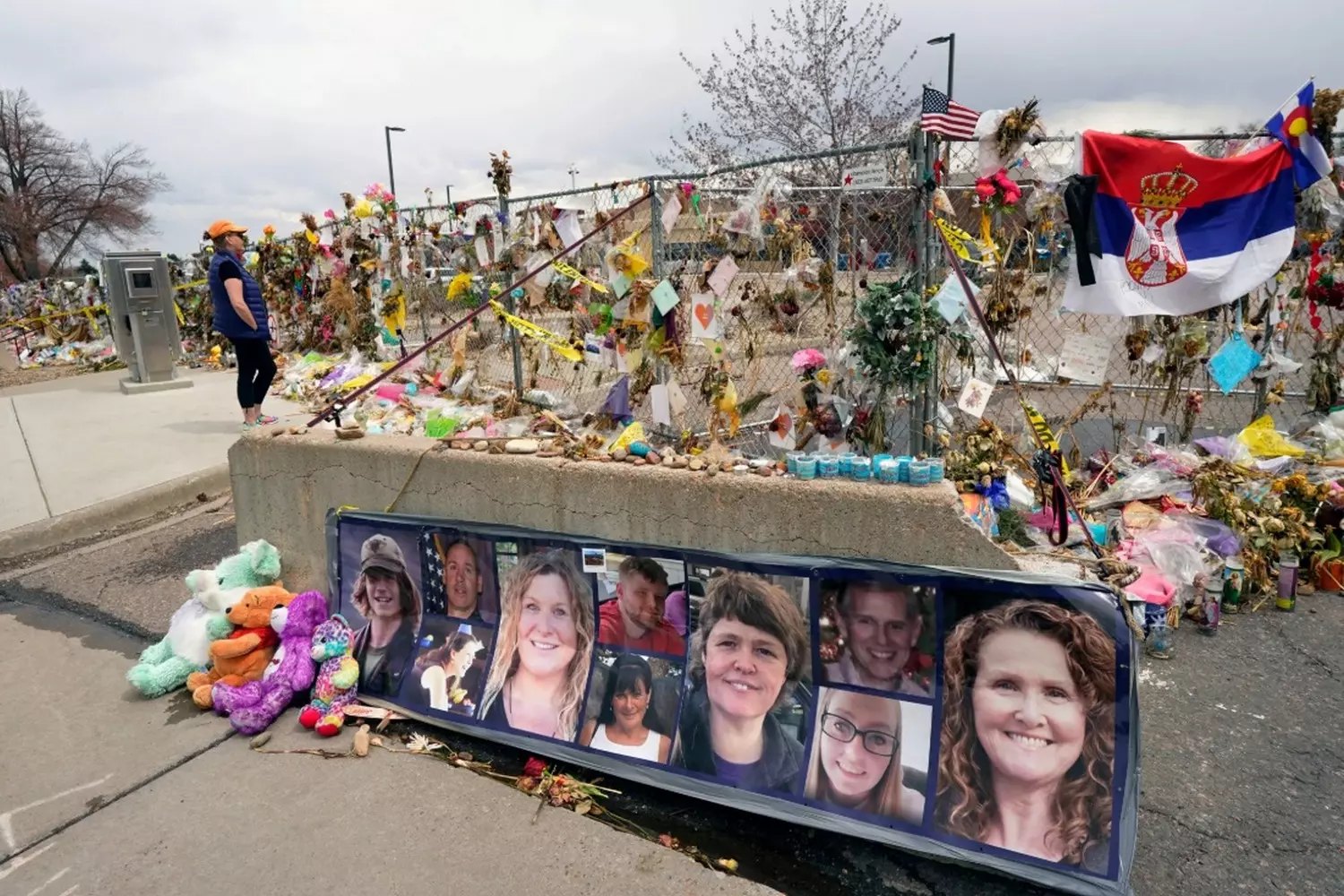
Tragedies That Shook America: High-Profile Cases of Mass Shootings
When we talk about mass shootings in the USA, vivid images from news reports come to mind — the flashing lights of police cars, yellow tape cordoning off the area, people in shock. But the threat isn’t limited to specific places or events. It can reach people where they feel safest — at a concert, in a church, at work, or in a nightclub. These stories are a bitter reminder that peace is sometimes just an illusion.
- 01. Las Vegas, 2017 — a concert turned nightmare
On the evening of October 1, 2017, Las Vegas was shining bright, and thousands had gathered at the Route 91 Harvest country music festival to enjoy the music and festive atmosphere. No one expected the guitar sounds to be drowned out moments later by the roar of automatic gunfire.
The shooter, positioned in a room on the 32nd floor of the Mandalay Bay hotel, had an arsenal of dozens of rifles and modifications allowing near-continuous fire. The height and distance made him invisible to most, and the panic below was almost uncontrollable.
- Victims: 60 dead, more than 850 injured.
- Why it shocked: a city accustomed to noise and fireworks witnessed the deadliest shooting in U.S. history. A place of joy turned into a battlefield.
- 02. Orlando, 2016 — Pulse nightclub
On June 12, 2016, music played and people danced and celebrated life at the Pulse club in Orlando. But within minutes, the atmosphere turned to horror as an armed man began shooting, blocking exits.
The attack lasted three hours, with negotiations continuing until the final assault. It was later revealed the crime was both terrorist in nature and targeted against the LGBTQ+ community.
- Victims: 49 dead, 53 injured.
- Why it shocked: the club was a symbol of freedom and safety for its visitors, and its walls could not withstand the real threat.
- 03. San Bernardino, 2015 — an office full of trust
On December 2, 2015, a routine work meeting was held in a conference room at a center for people with disabilities. No one imagined that two attendees — a married couple and employees of the organization — would open fire on their colleagues. Assault rifles were used, and the attackers acted coldly as if rehearsing their plan in advance.
- Victims: 14 dead, 22 injured.
- Why it shocked: the threat came not from outside, but from those who sat nearby, smiling at the same table.
- 04. Sutherland Springs, Texas, 2017 — a church turned target
On November 5, 2017, a quiet Sunday service was taking place in the small town of Sutherland Springs. It was a peaceful, almost family gathering. But a man entered with a rifle and began shooting at the congregants, sparing no one.
- Victims: 26 dead, 20 injured.
- Why it shocked: the attack happened in a sacred place where people feel most protected. For many Texans, this was a personal blow to faith in community safety.
- 05. Virginia Beach, 2019 — office routine interrupted by gunfire
On May 31, 2019, people in the Virginia Beach municipal building were going about their daily business: filing documents, writing reports, and discussing weekend plans. Among them was an employee who had legally brought a firearm to work that day.
He knew the layout of every office, evacuation routes, and security weaknesses. When the shooting started, people had no time to react.
- Victims: 12 dead, 4 injured.
- Why it shocked: once again raising questions about workplace safety and the role of psychological support for employees.
These tragedies underscore that mass shootings aren’t about a specific type of building or time of day. They’re about a threat that can be near at any moment. And until society learns to recognize warning signs, such stories will keep repeating.
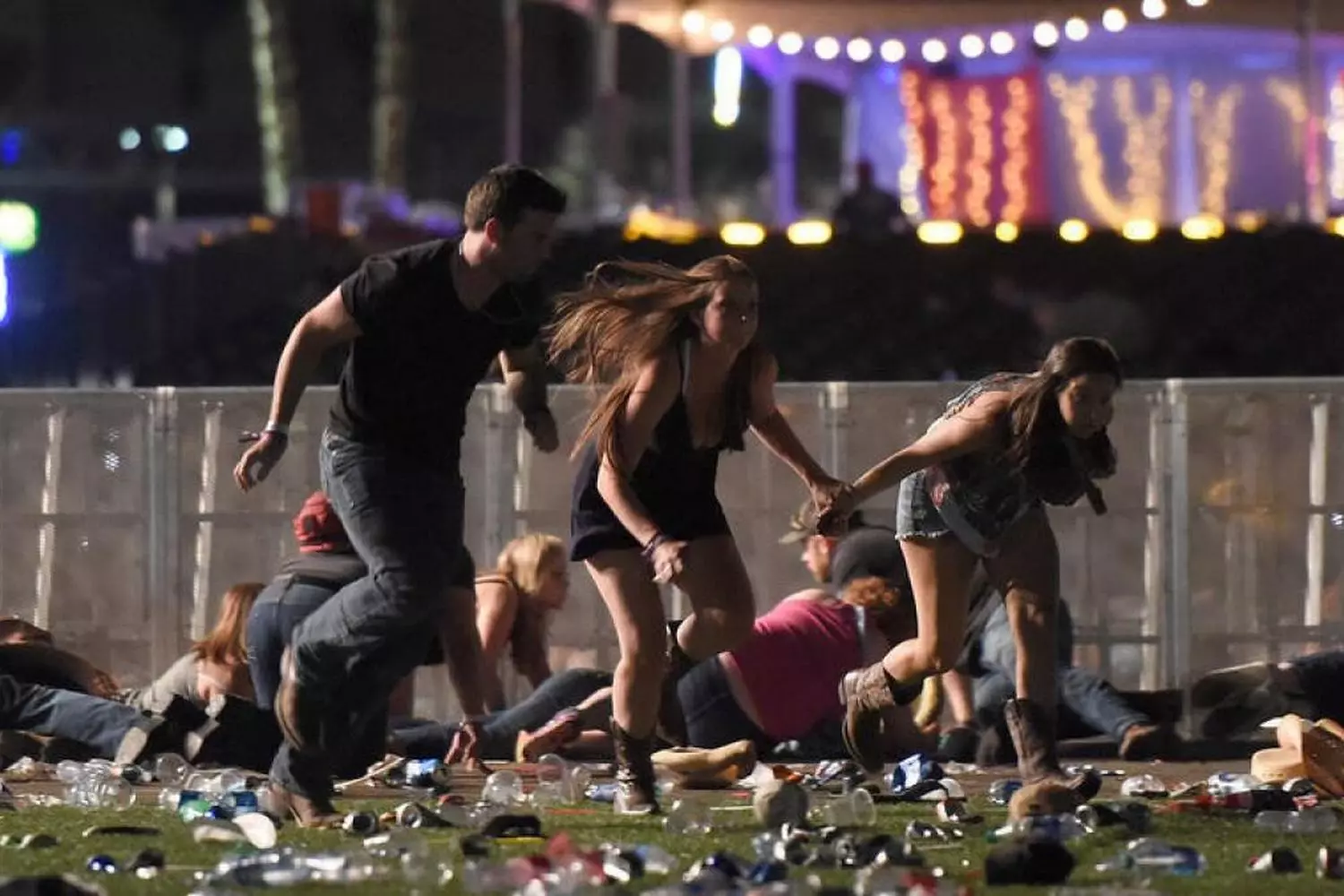
When a Place of Learning Becomes a Place of Tragedy: High-Profile Cases in Educational Institutions
For millions of students and schoolchildren, America is a land of opportunity. But history also remembers days when classrooms and school hallways became places where instead of knowledge and laughter, gunshots rang out. These tragedies are not just entries in the chronicles — they changed the perception of safety in educational environments and became symbols of national grief.
- 01. Columbine, 1999 — a tragedy that changed the whole country
On April 20, 1999, at Columbine High School in Littleton, Colorado, two seniors arrived armed with firearms and homemade explosives. The attack lasted less than an hour but shocked all of America with its scale and brutality.
- Victims: 13 dead, over 20 injured.
- What happened: The attackers planned the assault partly out of revenge and social isolation. They opened fire on students and staff, causing panic and chaos throughout the school.
- Why it mattered: Columbine became a turning point — after it, society began intense debates about bullying, gun accessibility, the influence of violent video games and movies, and police shortcomings.
- Interesting fact: Following Columbine, a new school shooting alert system was developed, and the event inspired numerous books, films, and studies.
- 02. Virginia Tech, 2007 — the deadliest campus shooting in the US
On April 16, 2007, a student at Virginia Tech University in Blacksburg first shot two people in a dormitory, then moved to an academic building and continued shooting.
- Victims: 32 dead, 17 injured.
- What happened: The attacker acted alone and came prepared with multiple weapons and ammunition.
- Why it shocked: It was the deadliest shooting in U.S. university history at the time. Many students lost friends and loved ones, and the entire campus was plunged into mourning.
- Interesting fact: Emergency services faced enormous pressure that day — the case is still studied as an example of where faster and more efficient response was needed.
- 03. Sandy Hook, 2012 — attack on the youngest
On December 14, 2012, a gunman entered Sandy Hook Elementary School in Newtown, Connecticut and began shooting children and staff.
- Victims: 26 dead, including 20 children aged 6–7 years.
- What happened: The attacker acted quickly and mercilessly. The tragedy caused a massive global outcry.
- Why it shocked: The event showed how vulnerable young children are and questioned the entire school safety system.
- Interesting fact: After this tragedy, President Barack Obama initiated several gun control legislative efforts, many of which were ultimately not passed.
- 04. Parkland, 2018 — shooting at Marjory Stoneman Douglas High School
On February 14, 2018, Valentine's Day, a former student returned to his Florida school armed with a semi-automatic rifle and opened fire.
- Victims: 17 dead, 17 injured.
- What happened: Despite the shooter’s behavioral problems and being on police radar, systemic warnings were not properly acted upon.
- Why it shocked: After the tragedy, students became activists for stricter gun control, drawing national attention.
- Interesting fact: The "March For Our Lives" youth-led movement against gun violence originated here.
- 05. University of North Carolina at Charlotte, 2019 — heroism in the darkest moments
On April 30, 2019, a student burst into a university classroom and began shooting at classmates.
- Victims: 2 dead, 4 injured.
- What happened: During the attack, one student, Riley Howell, tackled the shooter, saving others’ lives.
- Why it shocked: This case became an example of incredible bravery and selflessness, showing that even in terror, people can act heroically.
- Interesting fact: Riley Howell was posthumously awarded a medal for bravery.
- 06. Oxford High School, Michigan, 2021 — parental responsibility
On November 30, 2021, a 15-year-old student opened fire at school using a pistol that was purchased and stored by his parents.
- Victims: 4 dead, 7 injured.
- What happened: Following investigation, the shooter’s parents were criminally charged for negligent gun storage.
- Why it shocked: This was the first case in the U.S. where adults were held accountable for their child's crimes, setting a precedent in discussions about responsibility for minors’ access to firearms.
- Interesting fact: After this case, several states tightened laws on responsible gun storage at home.
These tragic events are not just terrifying news stories. They are real accounts of pain, loss, and fear that have left deep marks on thousands of lives and society as a whole. Each case is a lesson reminding us of the urgent need to change approaches to safety, mental health, and gun control.
Understanding these tragedies helps us be more attentive to one another and build a safer future.
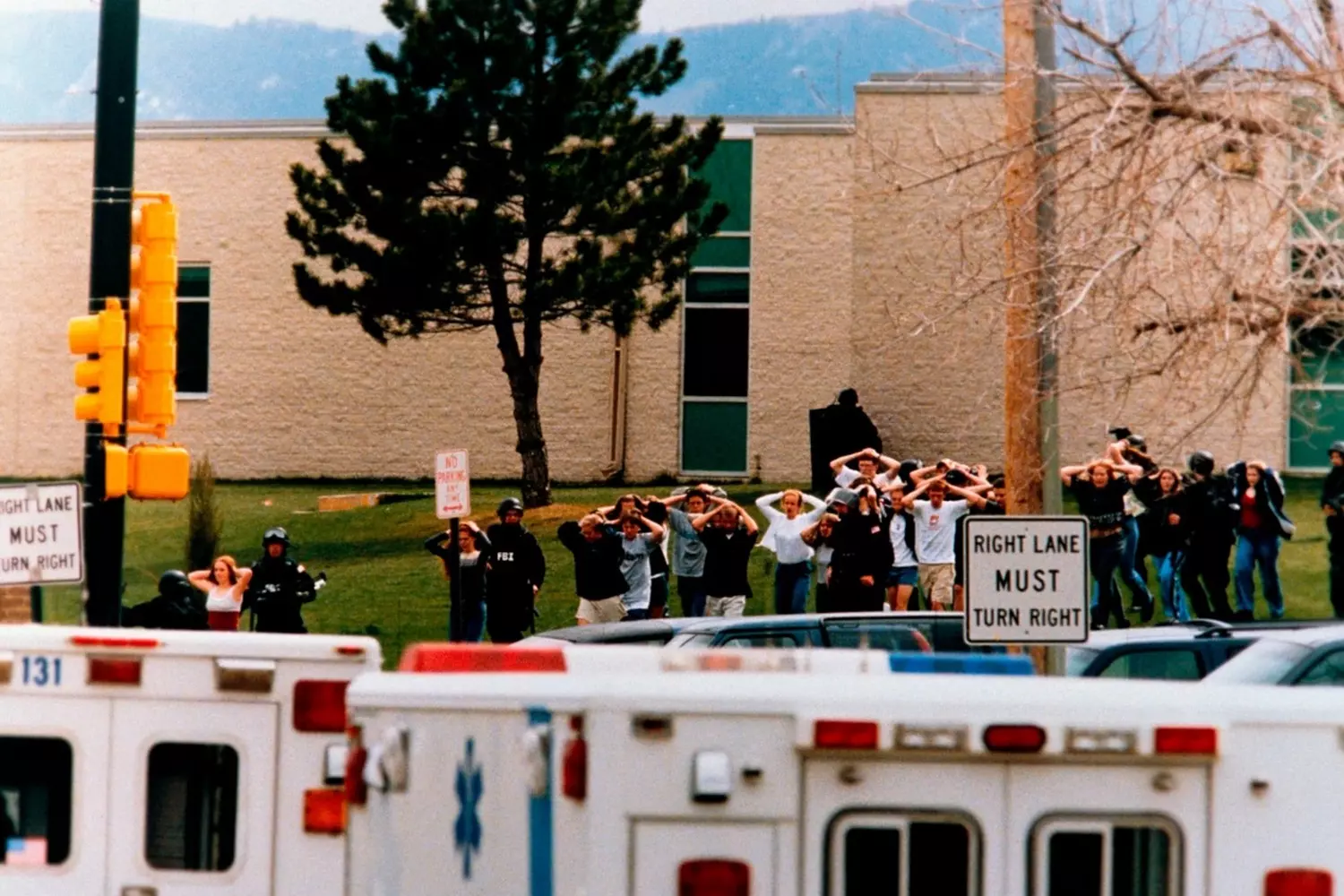
What the Statistics Say and Why It’s Important to Understand
Mass shootings are not just horrifying news stories but a reflection of complex social and psychological processes unfolding within society. To understand why violence of this scale occurs, it is important to look beyond the surface events and see the inner world of those who commit these terrible acts.
Psychological Profile of a Mass Shooter: Not Always an Obvious Image
Many imagine shooters as villains who decided to commit something terrible without reason. In reality, they are often traumatized individuals with deep internal problems — and not necessarily “madmen” in the usual sense of the word.
- 01. Age and Gender
- On average, mass shooters are men aged 15 to 35 years. Youth is a period when personality is still forming and the psyche is especially vulnerable.
- There are very few women among them — less than 5%, which is related to biological, social, and cultural factors.
- 02. Mental Health
- About half of shooters have diagnoses related to mental disorders: depression, post-traumatic stress disorder, anxiety disorders, sometimes schizophrenia.
- It is important to emphasize: having a diagnosis does not mean a person is dangerous. Most people with mental health issues are not prone to violence.
- Many shooters struggle with emotional regulation, experience severe mood swings, sometimes paranoia or feelings of alienation.
- 03. Social Isolation and Loneliness
- Almost all shooters were or are socially isolated. They have difficulty forming friendships and are often rejected by peers.
- Bullying is a frequent companion in their lives. The feeling that no one understands them intensifies despair.
- Lack of support from family or close ones worsens the situation.
- 04. Motives and Desires
- Many want revenge — on teachers, peers, society as a whole, which they feel has rejected or hurt them.
- Some seek recognition or fame — in the shooter’s mind, a mass attack can become a way to leave a mark.
- In rare cases, motives are connected to ideology or extremism.
- 05. History of Violence and Aggression
Sometimes shooters have a criminal past, legal troubles, or demonstrated aggressive behavior even before the tragedy.
Why Mass Violence?
Mass shootings result from a combination of several factors that interact and reinforce each other.
- 01. Easy Access to Firearms
- The USA leads in the number of firearms per capita. Weapons are often stored in homes without proper safety measures.
- For many shooters, obtaining a weapon is easier than getting qualified psychological help.
- Easy access to firearms turns ideas into reality.
- 02. Lack of Psychiatric Care and Stigma
- In the USA, mental health remains taboo for many.
- Lack of timely diagnosis and treatment makes mental disorders chronic and dangerous.
- People fear seeking help due to stigma and discrimination.
- 03. Social Alienation and Loneliness
- Despite progress, modern society often fails to support people in crisis.
- Bullying, cyberbullying, family conflicts — all contribute to deep feelings of alienation.
- Lack of social support and emotional communication skills leads to accumulation of aggression.
- 04. Influence of Media and Internet
- Virtual communities that glorify violence and the “shooter cult” create a “copycat effect.”
- Shooters get inspired by previous cases, aiming to surpass them.
- The internet makes it easy to find instructions on assembling weapons and attack tactics.
- 05. Cultural and Psychological Causes
- Personal crises, life failures, lack of meaning, self-esteem problems — all leave their mark.
- Lack of skills to cope with negative emotions leads to an explosion of internal tension.
Real Stories — Insights from Within
- Eric Harris and Dylan Klebold, Columbine
Two withdrawn teenagers who were bullied and felt excluded from society. Their aggression was mixed with a deep sense of revenge. - Nikolas Cruz, Parkland
Had a long history of mental health issues, repeatedly came under the radar of police and social services, but could not be stopped. - Ethan Krueger, Oxford (Michigan)
A teenager with emotional problems who had unsecured weapons at home.
How to Break the Cycle of Violence?
- 01. Improve Access to Psychiatric Care
- Ensure availability and quality of support, reduce stigma around seeking help.
- Implement programs for early risk detection and intervention.
- 02. Tighten Gun Control
- Legislative measures aimed at safe storage and buyer checks.
- Restrict access for minors.
- 03. Community Support Programs
- Combat bullying in schools and online.
- Programs for youth socialization and emotional development.
- 04. Educational Initiatives
- Training to recognize signs of anxiety and aggression.
- Building a culture of mutual aid and support.
- 05. Responsible Media and Social Networks
- Avoid sensationalizing cases and creating a shooter cult.
- Promote positive stories and examples of overcoming crises.
A mass shooter is not simply a “villain” but often a person broken by society and their own demons. To reduce the number of tragedies, a comprehensive approach is needed: changing laws, creating conditions for mental health support, and building a society where everyone feels needed and protected.
Only through understanding and systemic changes can the cycle of violence be stopped.
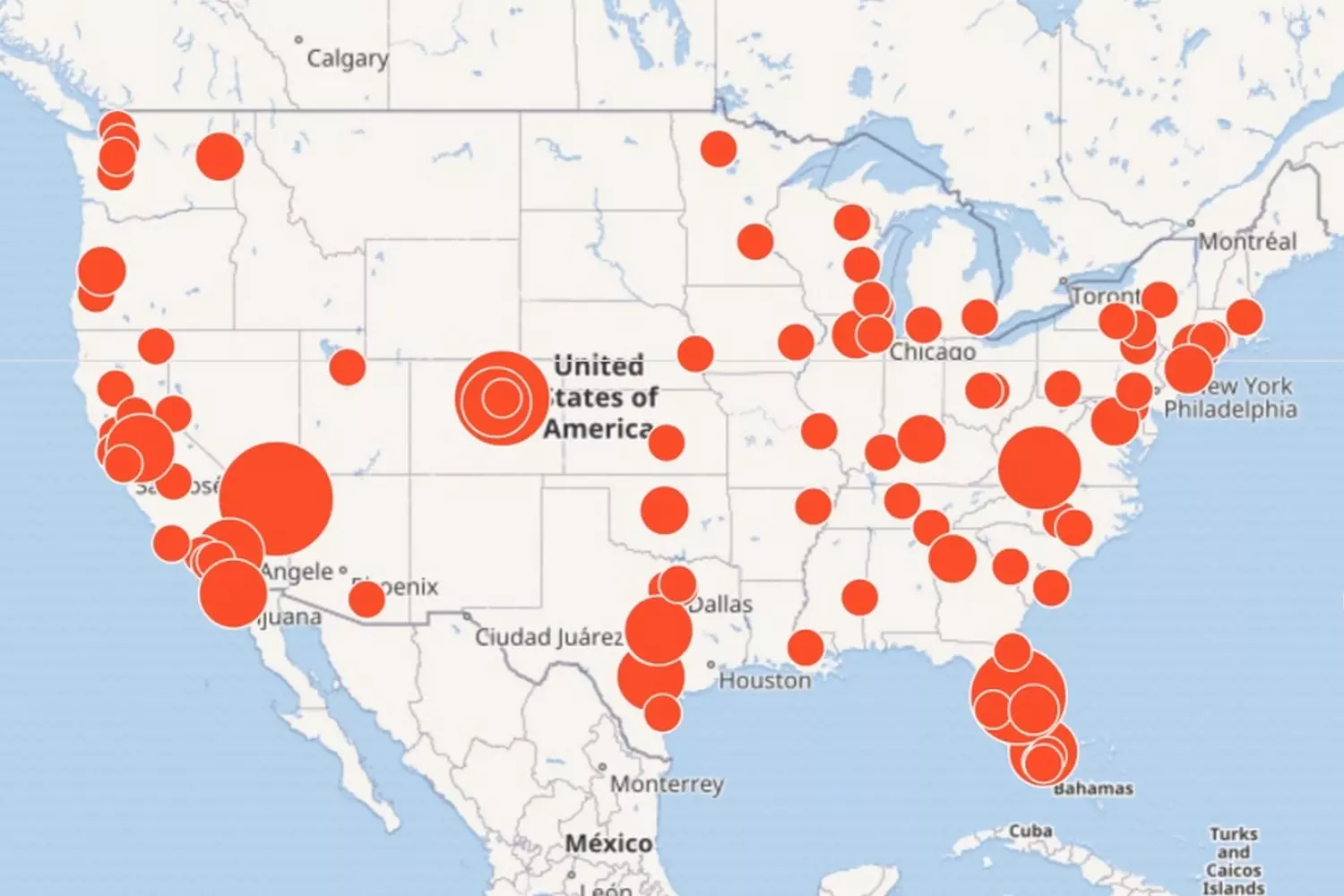
Who’s Behind the Trigger: The Psychological Profile of a Mass Shooter and the Causes of Tragedies
Mass shootings in the USA are not just tragic news stories but a systemic problem that is reshaping society, politics, and even culture. Behind the dry statistics lie unexpected patterns, paradoxes, and alarming trends. Here are some facts that will make you see the issue from a new perspective.
- 01. The USA leads the world in mass shootings, but not in overall violence
Although America ranks first in the number of mass shootings, most firearm-related killings happen not in schools or at concerts but in criminal neighborhoods due to gang conflicts. Moreover, more than half of firearm deaths are suicides. - 02. The "Columbine Effect": how one shooting sparked a wave of copycats
After the tragedy at Columbine High School (1999), the number of similar attacks in the US sharply increased. Many shooters consciously copied the actions of Eric Harris and Dylan Klebold, including their style of clothing and attack tactics. Sociologists call this "social contagion." - 03. You can buy a gun faster than a pizza
In some states (for example, in Alaska or Florida), no permit is needed to buy a rifle or pistol. Background checks take only minutes, and 20% of transactions occur without any oversight — at gun shows or through private sales.
Contrary to myths, about 75% of mass shooters acquired their rifles and pistols legally, often just days before the attack. - 04. Shootings traumatize even those not present at the scenes
After every mass shooting in the US, there is a spike in anxiety disorders, especially among young people. Even indirect exposure through news can cause post-traumatic stress in individuals not directly connected to the tragedy. - 05. "School shooters" rarely act alone
Every fourth teenager planning a school attack shared their plans with friends or on social media. However, in 90% of cases, these warnings went unnoticed. - 06. School shootings are changing architecture
Since 2015, about 1,200 "bulletproof schools" have been built in the US, featuring armored doors, safe zones, and windows that can withstand gunfire. This has become the new construction standard.
63% of school shootings occur between 11:00 AM and 3:00 PM — during class transitions or lunchtime. - 07. Video games aren’t to blame, but...
The FBI uses Call of Duty to train responses to shootings. Meanwhile, 60% of mass shooters were indeed fans of shooter games, but this rate is no higher than the average among youth. - 08. The "geography" of shootings is changing
While 70% of attacks in the 2000s occurred in schools, now the leaders are stores (32%), workplaces (28%), and recreational places (22%). - 09. A strange legal paradox
In 23 states, you can buy a semi-automatic rifle at 18 but a pistol only at 21. At the same time, 58% of mass shootings are committed with pistols. - 10. Social media accelerates the "contagion effect"
After the Las Vegas attack (2017), the number of search queries like "how to carry out a mass shooting" increased 800 times. Social media algorithms automatically recommend videos and manuals on this topic.
Shootings in the USA are not just criminal incidents but a complex social phenomenon intertwining culture, politics, and psychology. As debates about guns and safety continue, the statistics remind us: the problem is only worsening.
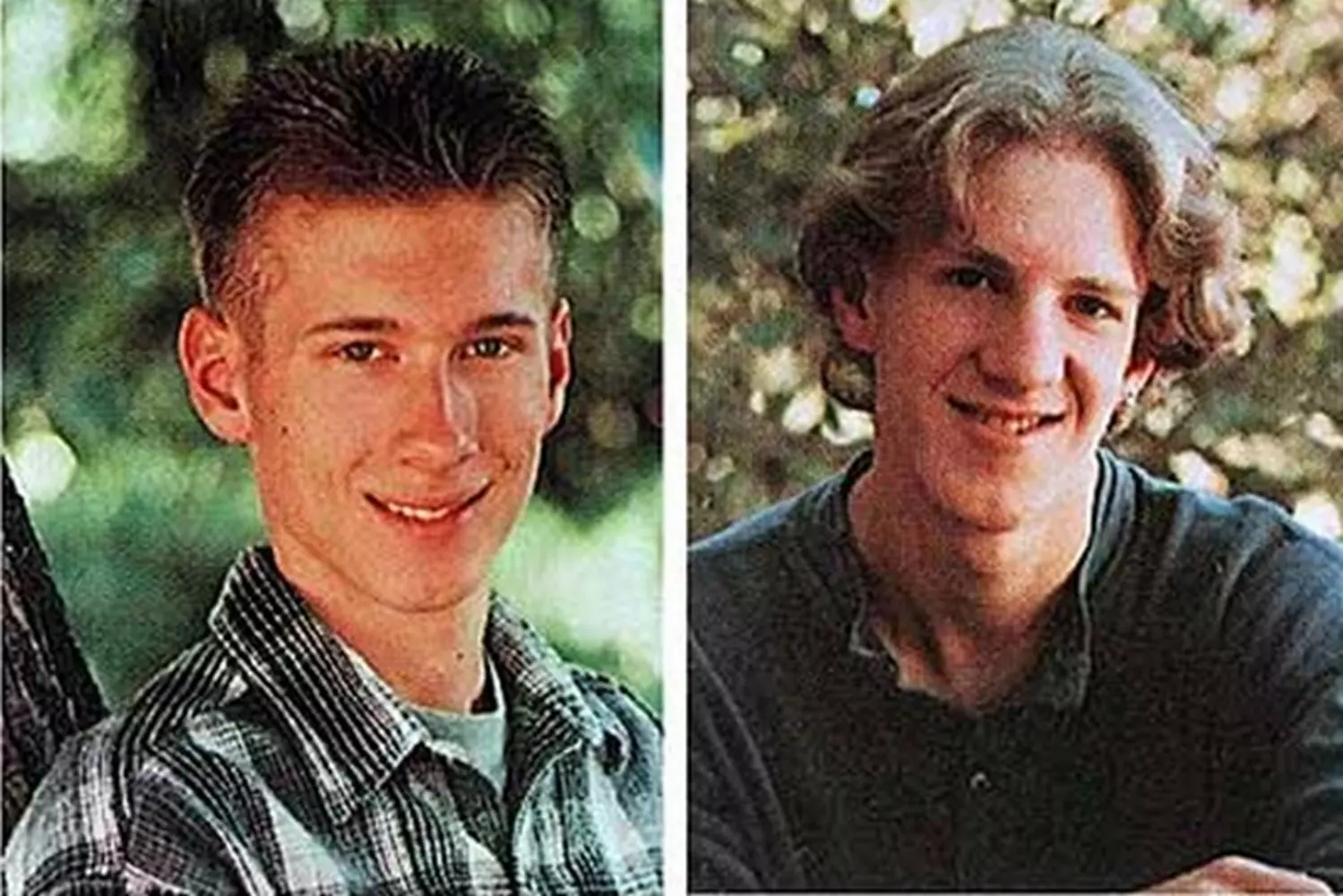
When Gunfire Echoes on Canvas and Screen
Mass shootings are tragedies that have left a deep mark not only on the lives of millions of people but also on U.S. culture. For decades, artists, writers, filmmakers, and musicians have addressed this painful topic in an attempt to understand, process, and express the collective grief of society.
Why has mass violence found such a broad reflection in art? Because it touches on the deepest human fears — vulnerability, injustice, and the fragility of life.
- 01. Mass shootings as a theme in film and television
American cinema is one of the most powerful ways to comprehend tragedies. Films and TV series often explore the motives of shooters, the consequences for victims, and the complexity of society’s response.
- “Columbine” (2016)
A documentary drama that gives a detailed account of the school tragedy and the reasons that led to it. - “Atomic Blonde” and thriller films
Frequently include scenes of mass shootings, reflecting societal anxieties. - Popular TV series
Such as “9-1-1” or “Law & Order” feature episodes dedicated to shooting investigations, showing the aftermath for survivors and police officers.
Films don’t just entertain — they make people reflect, discuss, and search for ways to prevent such tragedies.
- 02. Literature: pain and the search for meaning
Writers and poets address the topic of mass violence to tell the story of tragedy through the eyes of victims and witnesses.
- The book “Columbine” by Dave Cullen — a profound work of journalism exploring not only the shooting itself but also its psychological and social roots.
- Novels and essays such as Lionel Shriver’s “We Need to Talk About Kevin” (and the feature film based on it) explore the inner world of shooters and the consequences for their families.
- Poets create works conveying the pain of loss and the hope for healing.
Literature helps society see the tragedy not as dry statistics, but as living stories full of emotion.
- 03. Music: the voice of a generation
Songs dedicated to the memory of victims and protest against violence are heard at concerts and on radio stations.
- Hip-hop and rap artists such as Kendrick Lamar and J. Cole address themes of violence and social injustice in their tracks.
- Rock and alternative bands create songs that become anthems of remembrance and calls for change.
- Charity concerts and events are organized to raise funds and increase awareness.
Music unites people, giving them a way to express feelings and find support.
- 04. Visual art and performance
Artists use paintings, installations, and performances to draw attention to the problem of mass violence.
- Installations featuring objects symbolizing life and death create a powerful emotional impact.
- Street art and graffiti are often dedicated to the memory of victims and calls for peace.
- Performances and theatrical productions help people collectively process and comprehend trauma.
Thus, art becomes a platform for dialogue and change.
Interesting fact: After the Columbine tragedy, many artists and activists came together to create the “Empty Chair Project” — an exhibition of empty chairs symbolizing the victims, which travels across the country as a reminder of the importance of fighting violence.
Mass shootings have deeply penetrated American culture, forcing society to face its fears and seek ways to heal. Art becomes not only a reflection of tragedies but also a powerful tool for awareness and change.
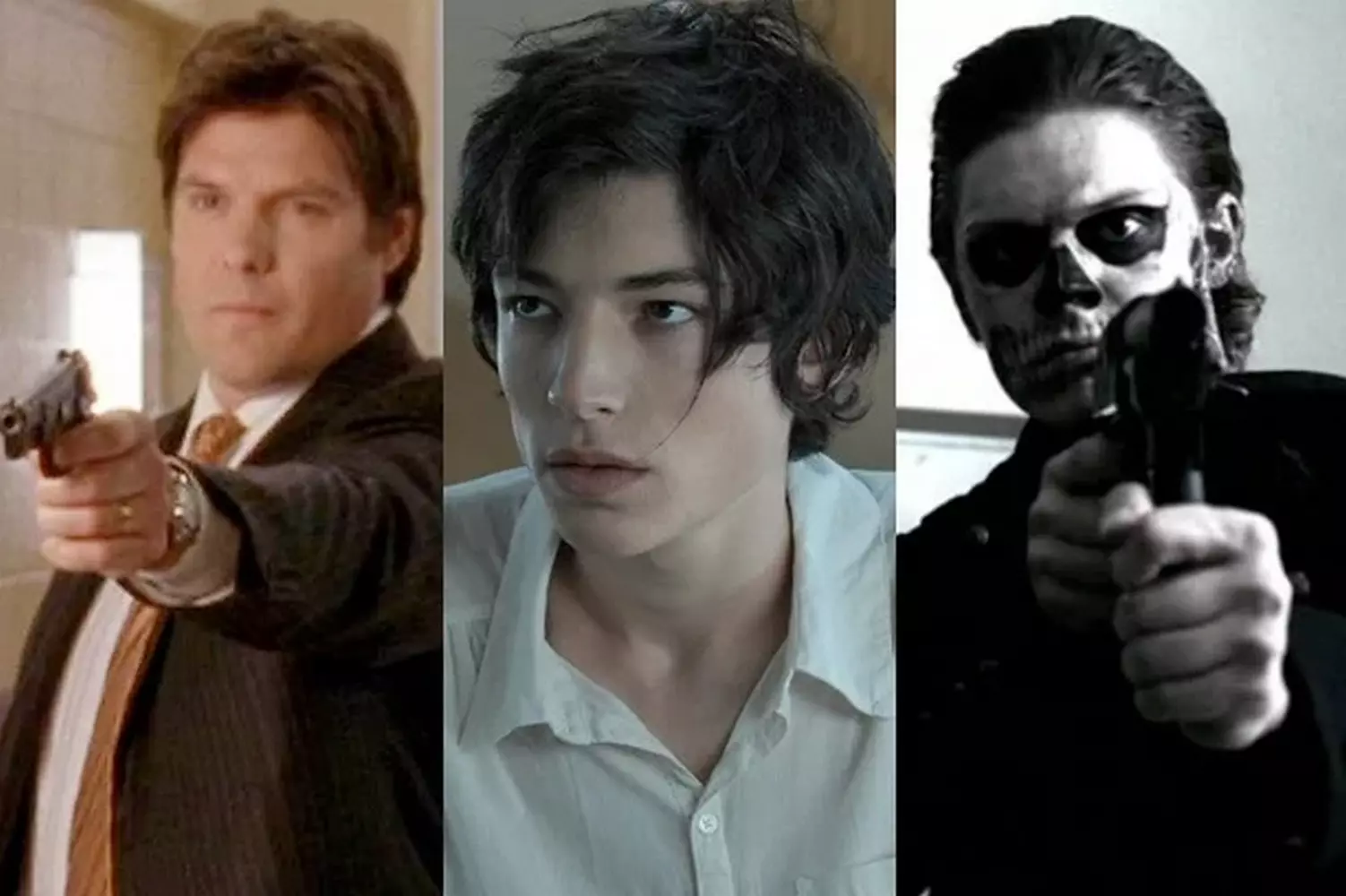
Mass Shootings in the U.S.: 10 Shocking Facts Statistics Don’t Tell You
Mass shootings in the United States are not just tragic headlines — they are a systemic problem that changes society, politics, and even culture. Behind the dry statistics lie unexpected patterns, paradoxes, and alarming trends. Here are a few facts that will make you see this issue from a new perspective.
- 01. The U.S. is the world leader in shootings, but not in overall violence
While America ranks first in the number of mass shootings, most gun-related murders do not occur in schools or at concerts, but in crime-ridden neighborhoods due to gang disputes. Moreover, more than half of all gun deaths are suicides. - 02. "The Columbine Effect": how one shooting sparked a wave of copycats
After the 1999 Columbine High School tragedy, the number of similar attacks in the U.S. rose sharply. Many shooters deliberately imitated Eric Harris and Dylan Klebold, including their clothing style and attack tactics. Sociologists call this "social contagion." - 03. You can buy a gun faster than a pizza
In some states (such as Alaska or Florida), no permit is required to purchase a rifle or handgun. The background check takes only minutes, and 20% of sales occur without any oversight — at gun shows or via private ads.
Contrary to popular myths, about 75% of mass killers obtained their guns completely legally, often just days before the attack. - 04. Shootings traumatize even those far from the scene
After every mass shooting, the U.S. records a spike in anxiety disorders, especially among young people. Even indirect exposure through news coverage can trigger post-traumatic stress in those not directly involved in the tragedy. - 05. "School shooters" rarely act alone
One in four teenagers planning an attack at school shared their plans with friends or on social media. Yet in 90% of cases, these warnings were ignored. - 06. School shootings are changing architecture
Since 2015, the U.S. has built 1,200 “bulletproof schools” with reinforced doors, safe zones, and windows capable of withstanding gunfire. This has become the new construction standard.
63% of school shootings occur between 11:00 a.m. and 3:00 p.m. — when students are changing classes or in the cafeteria. - 07. Video games aren’t to blame, but...
The FBI uses Call of Duty to train response to shootings. At the same time, 60% of mass killers were indeed fans of shooter games, but statistically this is no higher than among young people in general. - 08. The “geography” of shootings is shifting
If in the 2000s, 70% of attacks occurred in schools, today the leaders are stores (32%), workplaces (28%), and leisure venues (22%). - 09. A strange legal paradox
In 23 states, you can buy a semi-automatic rifle at 18, but a handgun only at 21. Yet 58% of mass murders are committed with handguns. - 10. Social media accelerates “contagion”
After the Las Vegas massacre (2017), searches for "how to commit a mass shooting" increased 800-fold. Social media algorithms automatically recommend videos and manuals on the subject.
Mass shootings in the U.S. are not just part of the crime section — they are a complex social phenomenon where culture, politics, and psychology intertwine. And while the debates about guns and safety continue, the statistics make one thing clear: the problem is only getting worse.
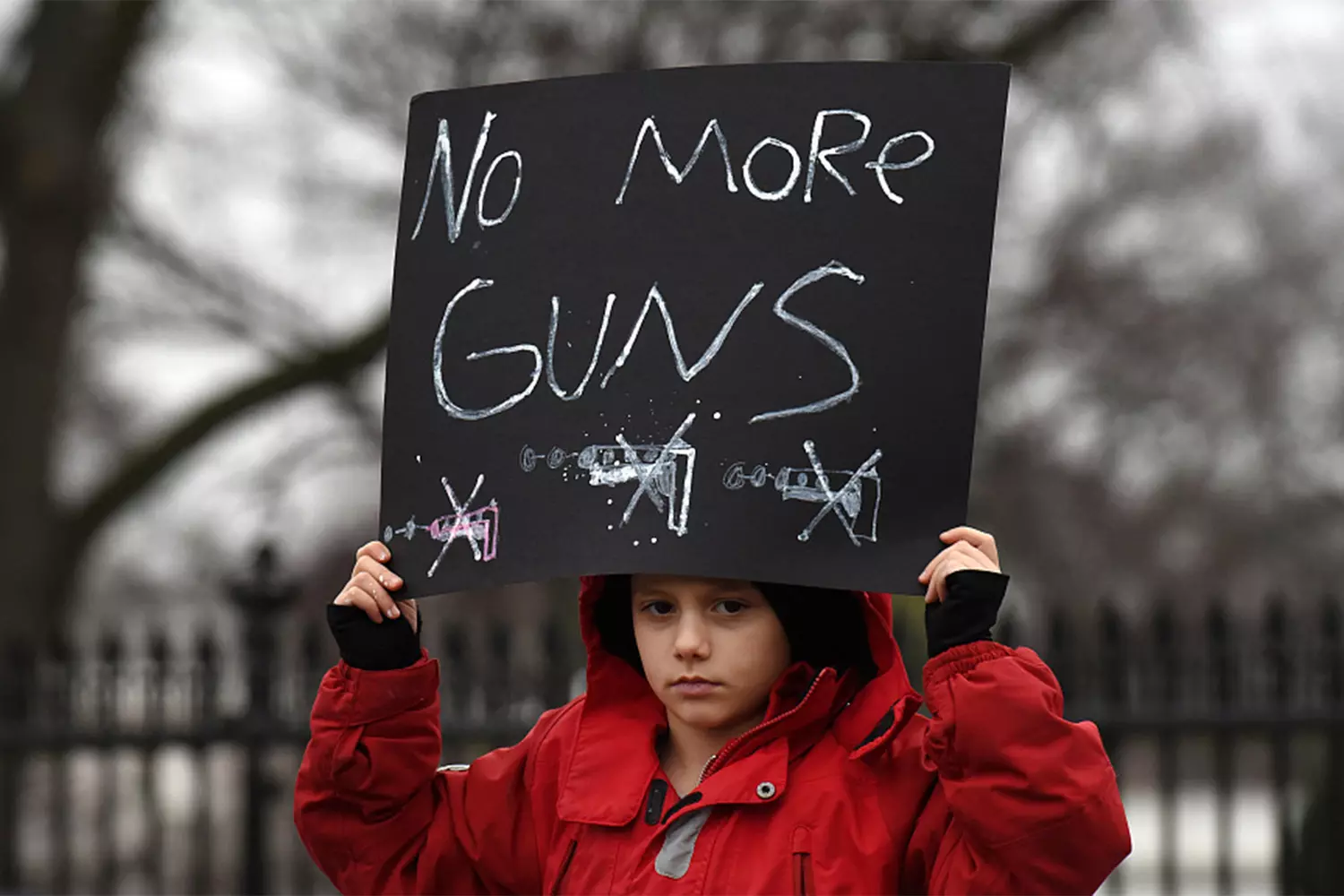
Safe Travel with American Butler: Your Protection in Any Situation
Statistics are not just numbers on paper. They are lives abruptly cut short. But behind these tragedies lie specific mechanisms: access to firearms, inadequate support, and a lack of effective solutions.
We are all part of society — a community of people who can make a difference. Education, regulation, psychology, and media — all of these are keys to well-being. It’s not enough to simply know; it’s important to take action.
Mass shootings leave a deep mark on the public consciousness, making the issue of safety especially relevant for travelers and tourists in the United States. Regardless of the purpose of your trip — whether it’s leisure, business, or cultural exploration — safety and peace of mind should always come first.
The experts at American Butler offer professional travel services with maximum attention to safety. We help organize your stay in the U.S. so you can enjoy your journey without unnecessary worries.
Our experience and knowledge of American specifics allow us to assess risks in advance and offer optimal solutions — from escort and consulting services to personal security.
Allow yourself to travel with confidence by entrusting your safety to true professionals.














